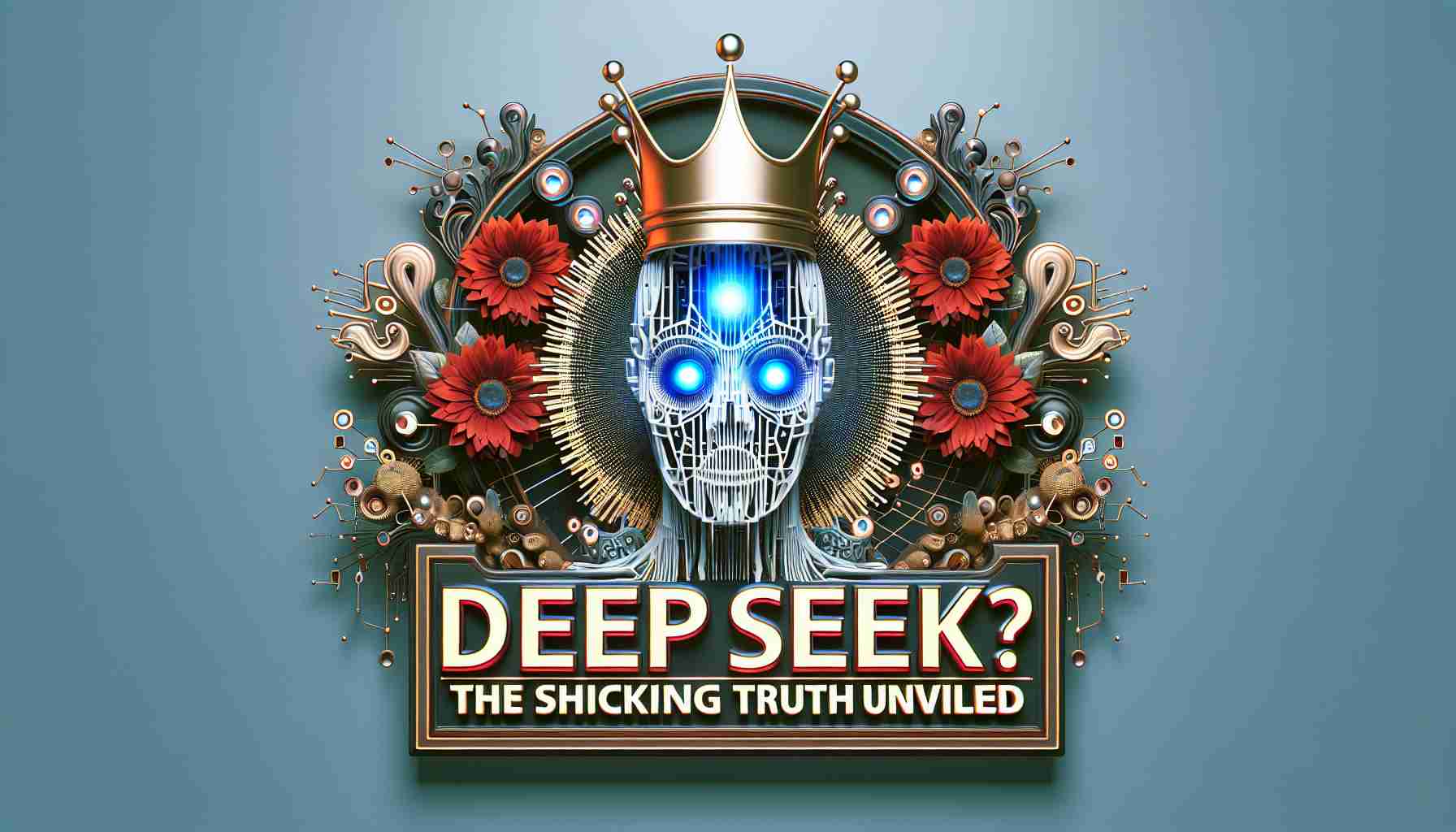- Manus AI, developed by the startup Monica in China, is a revolutionary autonomous AI system introduced in 2025.
- Unlike traditional AIs, Manus offers a diverse, flexible architecture combining elements of Claude 3.5 Sonnet and Alibaba’s Qwen.
- Manus is acclaimed for its versatility in handling multiple tasks independently, like drafting reports and analyzing data.
- It interacts with multimedia, supports various professional domains, and integrates with browsers and development tools.
- The AI features an innovative interface, “Manus’s Computer,” allowing dynamic user interaction and learning.
- Challenges include processing errors, paywall access issues, and concerns over privacy and operational base.
- Manus aims to evolve into a collaborative AI partner, marking a potential leap in technological advancement.
On a brisk March day in 2025, beneath the neon-lit skyline of China, a startup named Monica unveiled their latest technological marvel, Manus AI. In an era brimming with digital assistants and smart algorithms, Manus emerges as a bold testament to the tenacity of human ingenuity—a self-driven system that promises to redefine what it means to be an autonomous AI.
Unlike its contemporaries, tied to the rigid frameworks of models like GPT-4 or Claude, Manus breaks from tradition with a diverse architecture. It harmonizes the prowess of Anthropic’s Claude 3.5 Sonnet with tailored iterations from Alibaba’s Qwen, unlocking a new paradigm in problem-solving—flexible, non-linear, and charismatic in its capacity to learn and adapt without constant oversight.
The excitement rippling through the tech cosmos isn’t just hype. Esteemed figures such as Twitter’s co-founder Jack Dorsey and Hugging Face’s Victor Mustar laud Manus for its audacious reach. Some even label it the “second coming” of DeepSeek—a previous AI wonder that shattered expectations with its foresight and utility.
What has truly set Manus apart is its ability to handle a spectrum of tasks, from drafting reports to curating intricate data analyses, all amidst crafting travel itineraries. It functions independently, with a distinctive capability to continue processing on the cloud beyond mere user interaction. This leapfrog step breaks the chains of traditional AI dependence on perpetual connectivity.
Multimedia proficiency forms the core of Manus’s allure. It nimbly interacts with visual data, codebases, and maintains seamless integration with web browsers, Integrated Development Environments (IDEs), and database management systems. Its competence extends across various domains—whether you’re a software developer, financial analyst, academic researcher, or content creator, Manus is poised to be your illustrious aide.
Users experience Manus’s potential through the innovative “Manus’s Computer” interface—watching as the AI executes task after task with the nimbleness of an intern on espresso shots, yet always open to feedback, adjustment, and learning. It’s this interactivity that transforms Manus from a mere tool into an intellectual collaborator.
In its current state, Manus is not without imperfections. A real-world trial by MIT Technology Review underscored some current limitations. Manus excelled at organizing data, yet struggled against paywalls and academic journal access restrictions, requiring user intervention for bypassing Captchas—an Achilles’ heel to its otherwise robust self-sufficiency narrative.
Moreover, it wrestles with operational overload, occasional interface lags, and notable processing errors, raising the classic conundrum of performance versus cost-efficiency. Add to this the thorny labyrinth of privacy and legal dilemmas stemming from its predominantly China-based operations, stirring concerns over security and potential data censorship.
Nonetheless, Manus stands as a work in progress with exhilarating potential. With its ability to retain instructions, personalize interactions, and weave comprehensive “project profiles” that breathe life into collaborative aspirations, Manus beckons a future where AI doesn’t merely assist but partners with us. As this brave new digital frontier unfolds, Manus could very well be leading the vanguard of an AI-powered epoch.
Is Manus AI the Future of Autonomous Artificial Intelligence?
Manus AI: A Bold Leap in Autonomous AI Technology
In a rapidly evolving digital landscape, Manus AI makes its mark as a transformative tool capable of revolutionizing AI functionality. Contrasting with conventional models like GPT-4, Manus integrates Anthropic’s Claude 3.5 Sonnet with Alibaba’s Qwen, forming a dynamic and adaptive architecture. This integration fosters a versatile and independently-driven AI environment adept at handling a wide array of tasks, such as data analysis and travel itinerary creation, with minimal human intervention, setting it apart from its peers.
How Manus AI Works: A Step-by-Step Guide
1. Interface Exploration: Users interact with Manus via “Manus’s Computer,” an intuitive interface that allows for seamless navigation and task execution.
2. Task Assignment: Assign tasks ranging from complex data analyses to simple report drafting, leveraging Manus’s diverse capabilities.
3. Feedback Mechanism: Provide real-time feedback to enhance Manus’s learning and adaptability, facilitating a more personalized AI experience.
4. Project Management: Create comprehensive project profiles, enabling Manus to contextualize tasks, manage workflows, and streamline operations efficiently.
Real-World Applications and Use Cases
– Software Development: Manus’s proficiency with codebases and IDEs positions it as a powerful asset for developers, reducing coding time and streamlining debugging processes.
– Financial Analysis: Analysts can automate data processes and perform intricate analyses, gaining insights without the hassle of manual computation.
– Academic Research: Despite challenges with paywalled sources and Captchas, Manus aids researchers by organizing data and drafting research summaries.
– Content Creation: Writers and marketers benefit from Manus’s ability to generate high-quality content that meets audience engagement metrics.
Pros and Cons Overview
Pros:
– Autonomous and Dynamic: Operates independently with minimal supervision, making it highly reliable and efficient.
– Multimedia Proficiency: Interacts effectively with visual data, expanding its usability across multiple sectors.
– Cross-Platform Integration: Provides seamless interaction with browsers, code editors, and databases.
Cons:
– Subscription Barriers: Struggles with journal access barriers, requiring user intervention.
– Interface Glitches: Experiences occasional lags and errors, impacting performance consistency.
– Privacy and Legal Concerns: Operates within a framework that could raise concerns about data security and potential censorship.
Industry Trends and Market Forecasts
AI’s rapid evolution points toward increased autonomy and integration into daily life, with Manus AI at the forefront. Its success could catalyze further developments in AI technology, leading to widespread adoption across various industries. The AI market is expected to grow exponentially, driven by advancements like Manus, promising innovative solutions and increased efficiency in operations.
Controversies and Limitations
Despite its breakthroughs, Manus AI faces challenges with operational overload and interface instability. Privacy concerns linger, particularly with its China-based data operations, which could lead to legal ramifications and impact global adoption. Users must weigh these risks against the potential benefits.
Conclusion: Actionable Recommendations for AI Enthusiasts
– Test and Explore: Engage with Manus’s trial offerings to experience its capabilities firsthand.
– Stay Informed: Keep abreast of AI security and legal developments, especially if handling sensitive data.
– Personalize Interaction: Use feedback features to tailor Manus’s functionalities to suit individual needs.
For further insights and technology updates, visit Hugging Face and Amazon Machine Learning.






